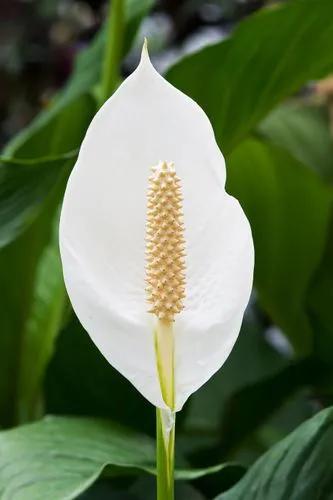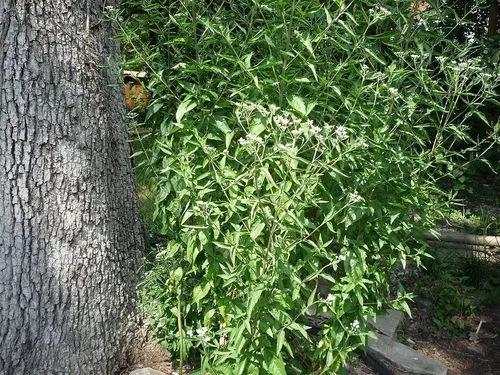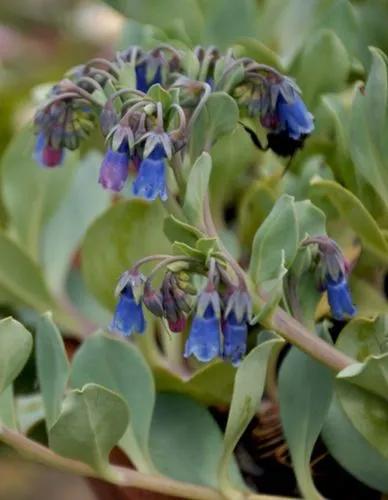Most perennial species of Erodium have medium to high pollen/ovule (P/O) ratios and are dichogamous mixed-mating species endemic to the mountain ranges of the Mediterranean. In contrast, the annual species of this genus, which are often adapted to disturbed sites, are adichogamous selfers with low P/O ratios and wide distributions. According to the present reconstruction of the evolution of Erodium , recurrent perennial to annual shifts occurred from a time earlier than the establishment of the Mediterranean climate during the Pleistocene. The diversification of the terminal clades containing annuals and perennials is dated to 6.4–2 Mya, between the onset of the Messinian (Miocene) and the end of the Pliocene. By adapting to several types of breeding systems (mixed-mating and selfing), many species of Erodium were able to meet the challenges of climatic deterioration and the changes in pollinators that took place at the end of the Tertiary. High selfing and an annual lifespan seem to have evolved multiple times together, but reversions may also have occurred. Within-plant variation of herkogamy and dichogamy may represent adaptations to variation in the pollinator community during dry or cold periods.
Erodium Foetidum Care
Erodium Foetidum



What is the plant
How to Care for the Plant

Water

Water regularly and thoroughly when your is in bloom, but keep on the dry side while dormant.

Pruning

Basal cuttings can be taken from side shoots taken from the base of the plant as soon as they emerge in late spring. Each cutting should include a small sliver of the parent crown attached at the base!

Sunlight

They will produce more flowers if they are grown in full sun,but will happily grow and bloom in partial shade as well.
Ease your plant care routine with PlantIn's personalized system.

Soil

Erodiums should be planted 8"-12" apart in gritty, very well-drained soil, with a slightly alkaline soil pH.

Container

They are well suited for growing in containers,and can even be grown as a House Plant, if you have a sunny window.
What's wrong with your plant?
Related Plants
Discover more plants with the list below
Popular articles






